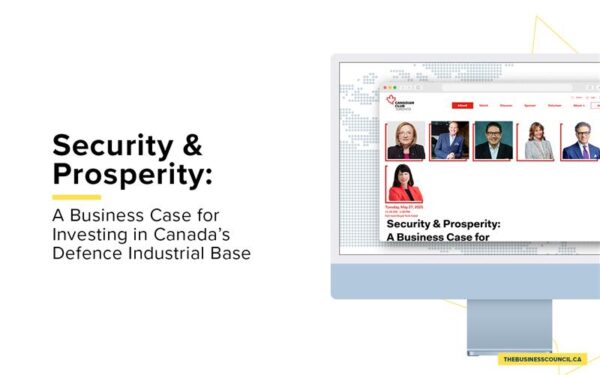Rapid testing will help us turn the corner on COVID-19
As published in The Globe and Mail
Canadians breathed a sigh of relief last month when Health Canada approved the first of what we all hope will be an increasing number of COVID-19 vaccines. But since then, reality has sunk in: The supply of vaccine doses available to Canada is limited, delivery delays are affecting rollout plans and while these early vaccines are extremely helpful to high-risk groups, widespread deployment will not occur until spring or beyond.
With each passing day, the pandemic exacts a heavier toll on lives, mental health, children’s education, employment and our general well-being.
As such, we can’t afford to rely on vaccines alone as the solution to the health emergency for the foreseeable future. We need other tools such as testing, including the widespread deployment of new, rapid, point-of-care tests. Doing so will allow more of us to get back to work and school safely and to begin rebuilding Canada’s economy.
Last fall, Health Canada began approving point-of-care tests, so called because they can be analyzed outside a laboratory, can diagnose COVID-19 within 15 minutes to an hour and are typically much cheaper than laboratory-based tests. The recent approval of a rapid test that uses a nasal swab that doesn’t need to go to the very back of your nose makes the use of these tests for screening even more appealing.
As of last November, the government of Canada had signed contracts to buy 38 million rapid point-of-care tests – roughly one for every Canadian. According to Prime Minister Justin Trudeau, 14 million rapid test kits have been delivered to provincial health authorities. That’s a start, but for a rapid-testing campaign to be useful we need the federal government to procure far more, and we need a commitment from each province to use them.
Rapid tests are not as accurate as conventional laboratory-based tests. Because of this, some public-health officials and health care professionals have been reluctant to roll them out in significant numbers.
However, we should not let perfection be the enemy of the good. Point-of-care tests are an important public-health tool to prevent the spread of COVID-19. The more we test, the more cases we are likely to find and the more we can limit the spread of the virus. In the real world, a reasonably accurate test that can be turned around quickly and administered frequently is often more useful than a more accurate test that must be sent to a lab for analysis, with results not available for days. That is why rapid tests are best suited to identify infected people with minimal or no symptoms, and to help ensure those individuals safely isolate before infecting others.
The federal government’s COVID-19 Testing and Screening Expert Advisory Panel recently released a report that gives jurisdictions strategies they can use to roll out point-of-care tests. For example, these tests can be used for screening people who may or may not have COVID-19 symptoms in workplaces where there is currently limited screening.
The NHL kept COVID-19 numbers down with frequent testing of its players. Similar screening strategies can be used in schools, or in small and medium-sized businesses to help them continue to operate during the pandemic and minimize the impact on Canada’s economy while vaccines roll out. Pilots from other countries are encouraging. For example, in regions of Slovakia where citizens participated in two rounds of testing over a two-week period, infection rates decreased by 60 per cent.
A recent report by Canada’s Industry Strategy Council calls for increased testing in Canada through collaboration between Canadian industry and the public-health system. Some of Canada’s biggest employers, including Scotiabank and Loblaw, are getting on-board and setting up workplace COVID-19 rapid-testing pilot programs in collaboration with the University of Toronto’s Creative Destruction Lab. Employers in the construction, mining, fisheries and entertainment sectors have also begun screening employees for COVID-19.
Canadians are tired. They are tired of staying at home and being separated from friends and family, tired of lockdowns and job insecurity. Widespread rapid testing can help us get back to work and school safely and rebuild the economy while we wait our turn for the vaccine.









